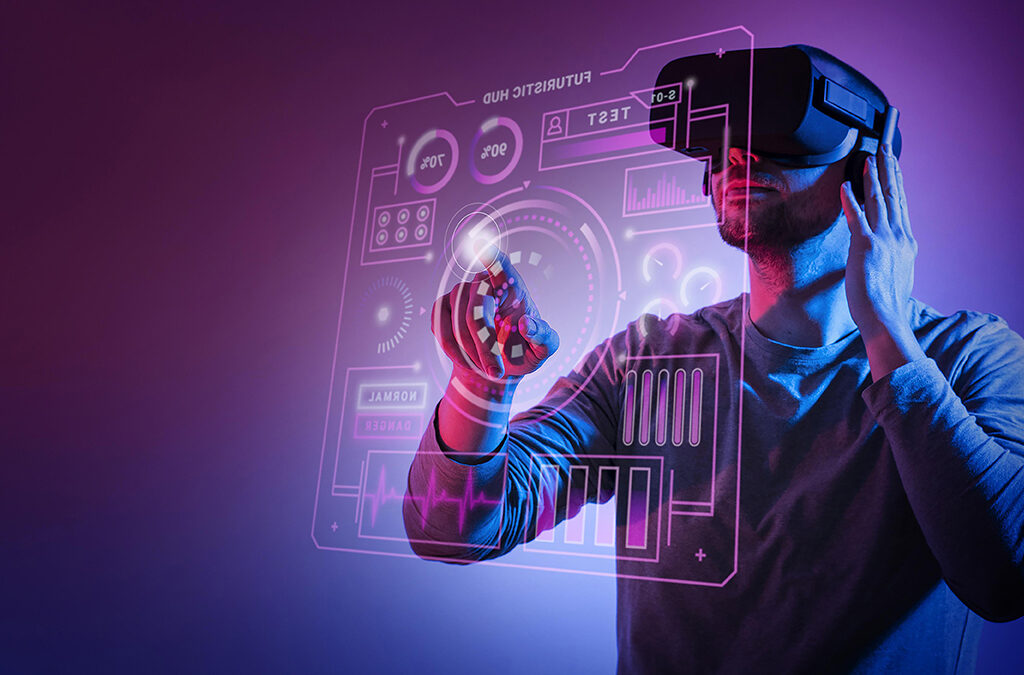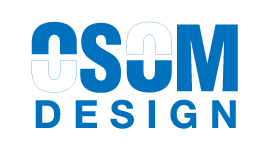The Impact of Augmented Reality (AR) in Graphic Design

Introduction
In the quickly developing scene of graphic design, the rise of augmented reality (AR) has achieved a historic change in the way we see and collaborate with visual content. Augmented reality flawlessly consolidates digital elements with the real world, obscuring the boundaries between the creative mind and reality. Accordingly, graphic designers have acquired intriguing new material to investigate and make vivid encounters that enrapture crowds more than ever.
Augmented reality is a technology that overlays virtual items or data onto the actual world, regularly seen through a smartphone, tablet, or AR-enabled device. By utilizing computer vision, motion tracking, and real-time data processing, AR enables designers to revive static visuals, changing them into intelligent and dynamic encounters.
The effect of augmented reality in graphic design is far-coming and groundbreaking. It permits designers to rise above the restrictions of customary two-layered mediums and present another element of profundity, intelligence, and commitment. With AR, designers can rejuvenate static graphics with activities, intuitive elements, and 3D models that answer client activities and signals.
Besides, AR opens vast opportunities for improving client encounters across various businesses. From retail and publicizing to instruction and diversion, augmented reality can possibly change how we see and draw in with visual content. Envision taking a stab at virtual dress prior to making a buy, investigating architectural designs before they are built, or connecting with vivified characters that appear to exist.
In this blog entry, we will dig into the significant effect of augmented reality in graphic design. We will investigate how AR is reshaping the way designers make and convey visual encounters, changing narrating, and growing the boundaries of imagination. Through real-world models and contextual analyses, we will grandstand the colossal capability of augmented reality in enamoring crowds, driving brand commitment, and changing customary design rehearses.
Go along with us as we embark on an excursion into the enrapturing realm of augmented reality in graphic design. Find how this inventive technology is forming the fate of visual correspondence and learn how you can use its ability to make genuinely vivid and remarkable encounters. Step into an existence where digital and actual realities unite and let the effect of augmented reality rethink the potential outcomes of graphic design.
Definition and Standards:
The effect of augmented reality (AR) in graphic design alludes to the extraordinary impact of AR technology on the creation and experience of visual content. Augmented reality flawlessly blends virtual elements with the real world, improving and enlarging our impression of reality. In graphic design, AR opens additional opportunities for making intelligent, vivid, and connecting with encounters that go past conventional static visuals.


1
Mixing Real and Virtual: Augmented reality permits graphic designers to mix digital elements with the actual climate, making a consistent combination of the virtual and real universes. By overlaying digital graphics, movements, and intelligent elements onto the real-world view, AR improves client encounters by adding profundity, intelligence, and relevant data.
2
Intuitiveness and Commitment: AR in graphic design works with client communication and commitment through touch, signals, or motion tracking. Clients can effectively participate in the content by investigating, controlling, and encountering the design elements in real-time. This degree of intuitiveness makes a more vivid and essential client experience, cultivating further commitment and association.
3
Dynamic and Versatile Design: AR enables graphic designers to make dynamic and versatile designs that answer client activities or natural elements. Designs can change, invigorate, or adjust in view of client associations or triggers, upgrading the feeling of responsiveness and personalization. This adaptability considers perpetual imaginative conceivable outcomes and guarantees that designs stay important and participate in various settings.
4
Narrating and Narrative: AR in graphic design gives a novel stage to narrating. Designers can make narratives and encounters that unfurl as clients investigate the augmented content in their actual environmental elements. AR can rejuvenate static visuals, considering vivid narrating through intelligent elements, activities, and relevant data.
5
Brand Separation: By integrating AR into graphic design, brands can make vital encounters that put them aside from contenders. AR-driven missions and visuals can enrapture crowds, have an enduring impression, and support brand personality through creative and vivid narrating methods.
The effect of augmented reality in graphic design lies in its capacity to change static visuals into dynamic, intuitive encounters that spellbind and connect with clients. By mixing real and virtual elements, embracing intuitiveness, and utilizing versatile design standards, graphic designers can push the boundaries of imagination and convey remarkable encounters that overcome any issues between the digital and actual realms.
Conclusion:
All in all, the effect of augmented reality (AR) on graphic design is extraordinary. By upgrading discernment, consistently incorporating virtual and actual conditions, and empowering intelligent encounters, AR has reshaped the field of graphic design. It engages designers to enamor their crowd, convey vivid brand encounters, and push the boundaries of inventiveness. Embrace the force of AR and open another component of design prospects in your imaginative undertakings.

